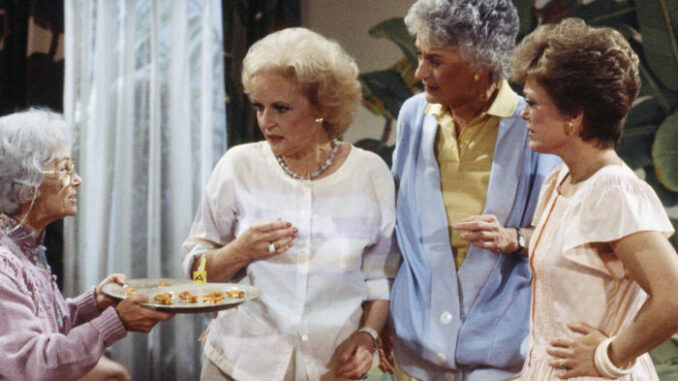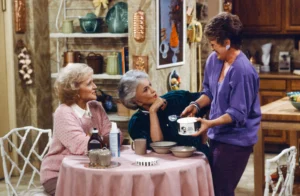
For decades, rumors have swirled about the alleged feud between beloved “Golden Girls” co-stars Betty White and Bea Arthur. While the two actresses shared an undeniable on-screen chemistry as the vivacious Rose Nylund and the stern Dorothy Zbornak, their relationship off-camera was often the subject of speculation and intrigue.
Now, in a revealing new exposé, the true story behind the White-Arthur dynamic is finally being explored, shedding light on the complex dynamics that existed between these two icons of television.
The article delves into the various factors that may have contributed to the reported tensions, including their contrasting personalities, creative differences, and the intense pressures of working on a hit ensemble comedy. Interviews with former cast and crew members provide unique insights into the behind-the-scenes dynamics that shaped the relationship between these two formidable talents.
“There was always an undercurrent of professional rivalry and creative tensions between Betty and Bea,” reveals one former producer. “They were both so passionate about their craft and their characters, and they didn’t always see eye to eye on how certain storylines or scenes should be handled.”

The report also examines the broader context of the entertainment industry at the time, where the competition for recognition and accolades was fierce, especially for female performers. The article suggests that this high-stakes environment may have amplified the perceived friction between White and Arthur, even if the reality was more nuanced.
Ultimately, the piece aims to move beyond the sensationalized accounts and provide a more balanced and informed perspective on the relationship between these two legendary actresses. By delving into the complexities of their dynamic, the article invites readers to consider the challenges and pressures faced by performers working at the height of their careers.
“The truth is, Betty and Bea were both incredibly talented and dedicated professionals,” concludes the author. “While their differences may have been exaggerated, their shared commitment to the show and its legacy is undeniable. This is a story about the realities of navigating the entertainment industry, and the bonds that can endure even in the face of perceived conflict.”

As fans continue to cherish the timeless legacy of “The Golden Girls,” this in-depth exploration of the White-Arthur relationship offers a nuanced and humanizing perspective on the inner workings of one of television’s most beloved ensembles.
